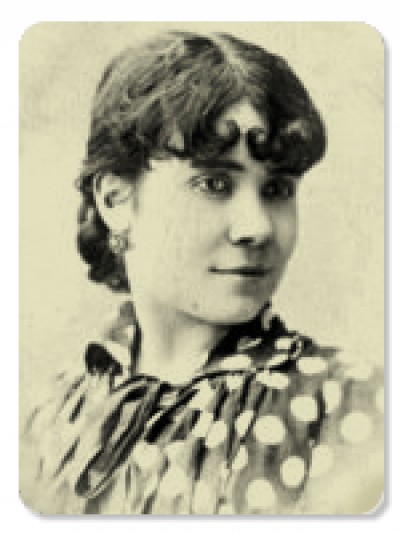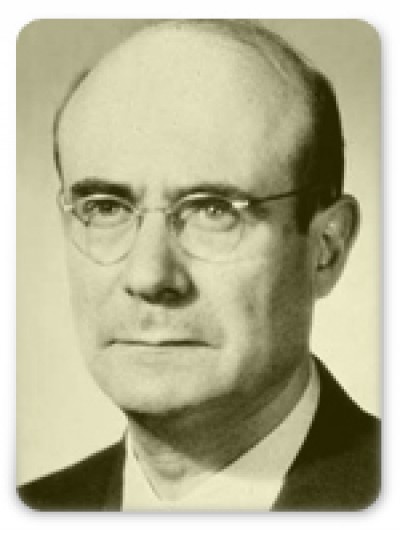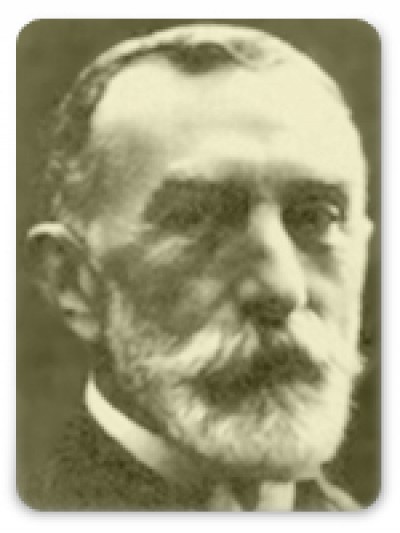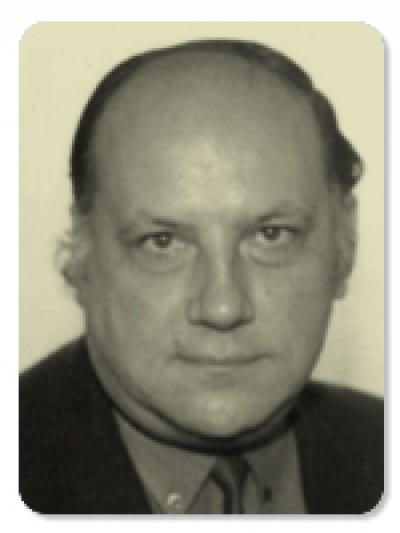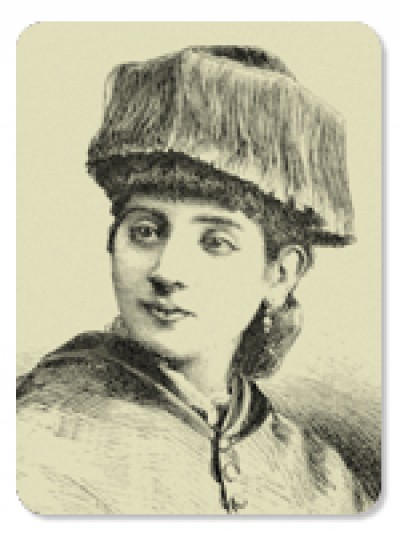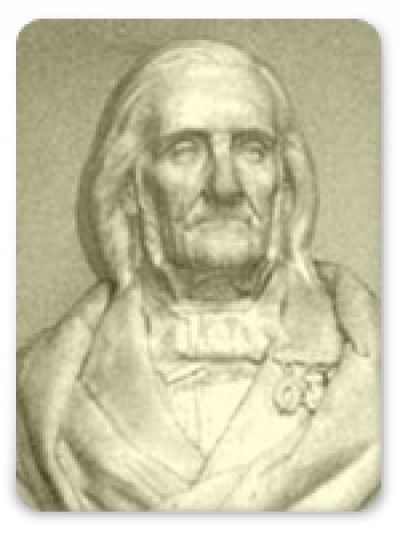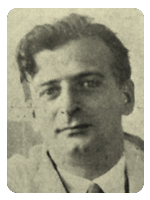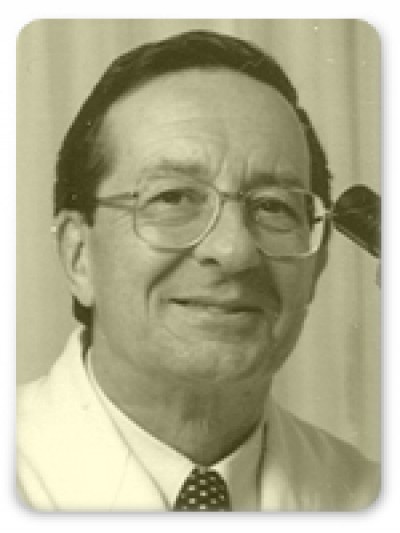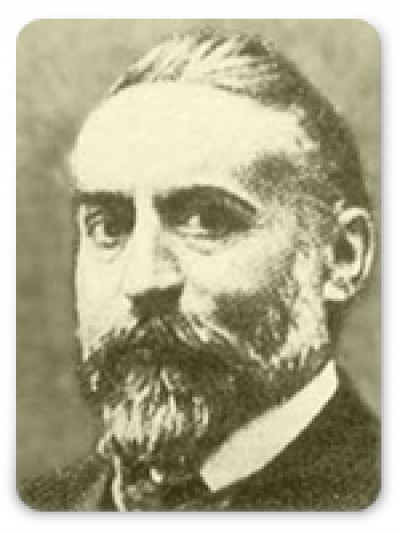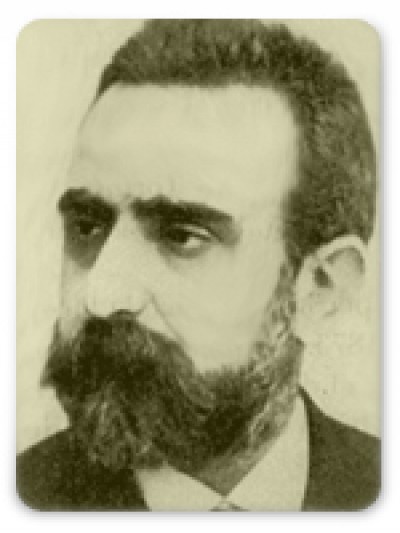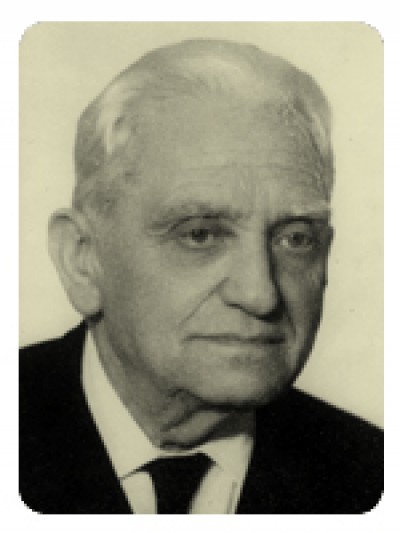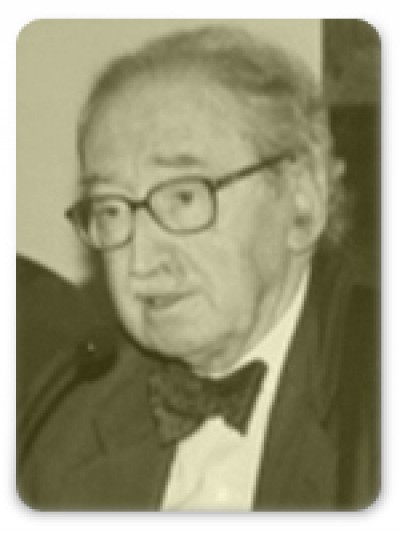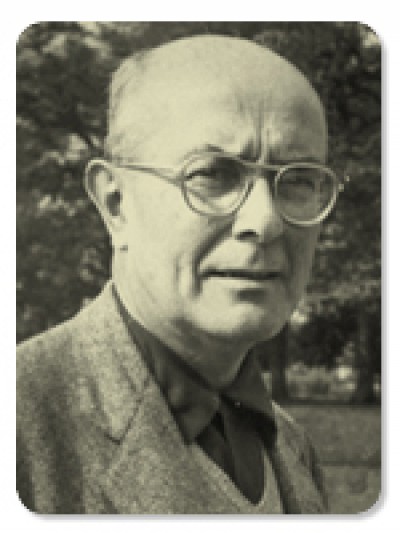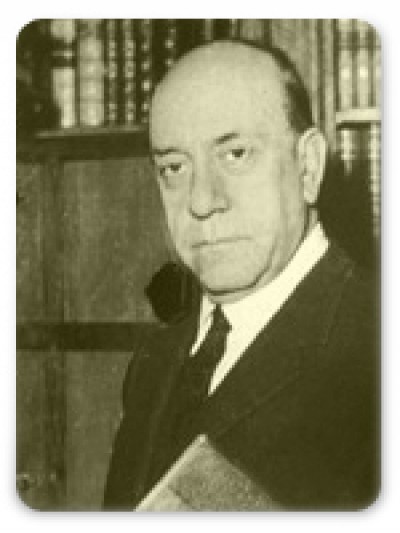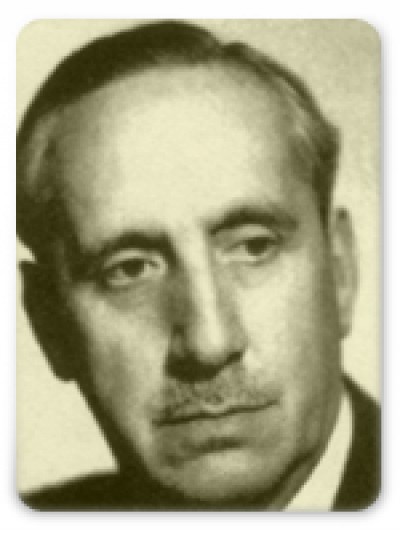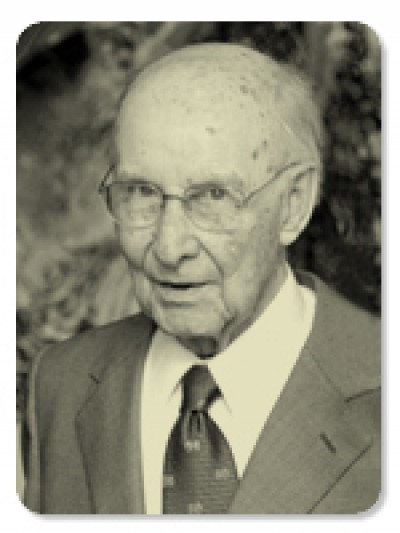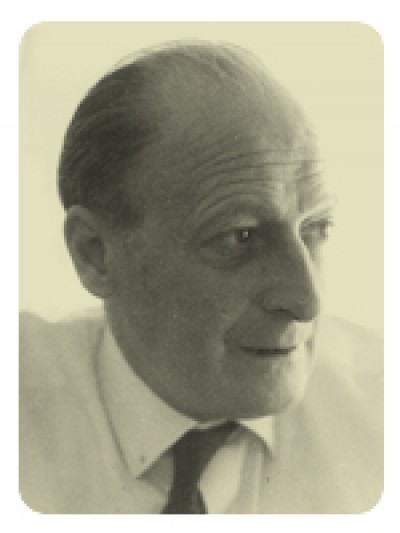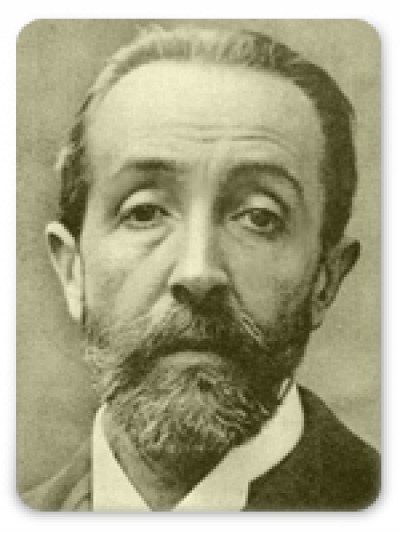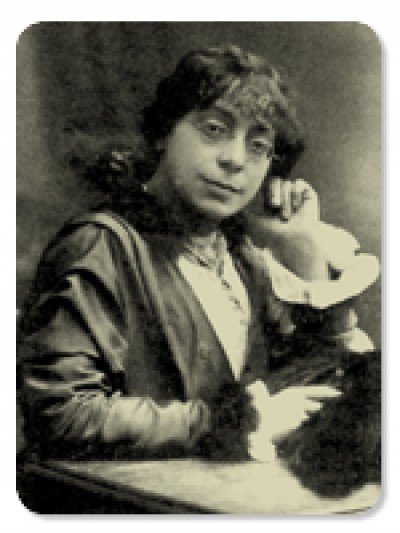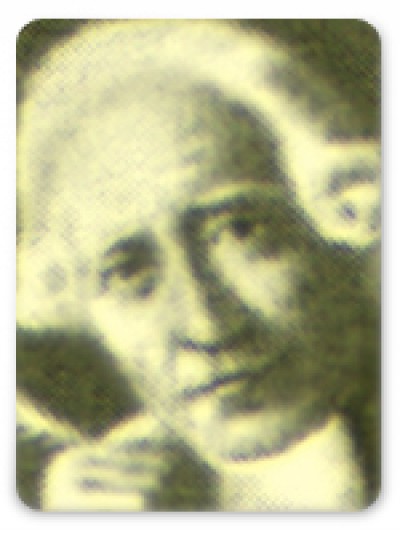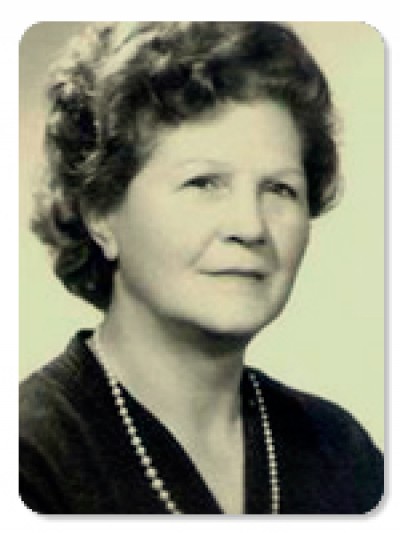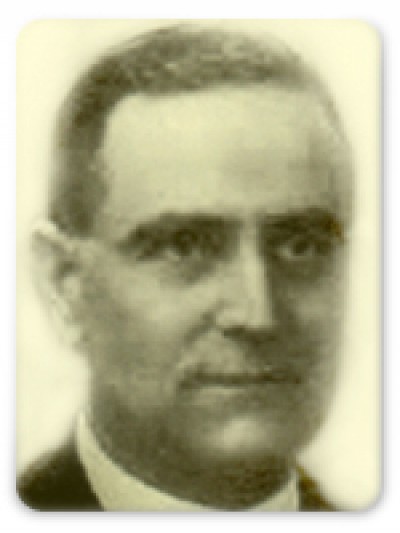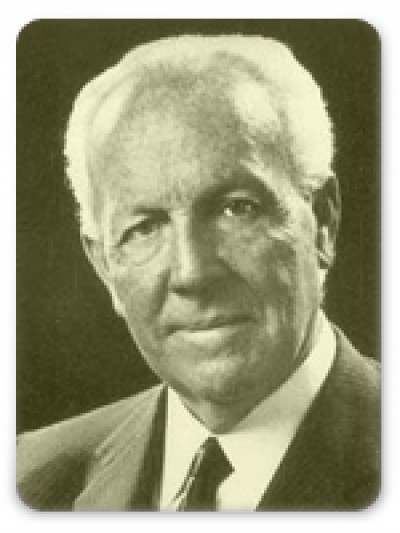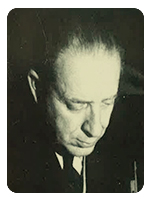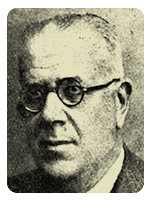In 1872, Catalan classrooms began to admit women with a strong desire to study medicine despite their difficulties in having access to education. Aleu i Riera was a pioneer and became the first woman to graduate in medicine and surgery in Spain and also the first to receive a PhD.
Doctor, nephrologist. He was a member of the science section of the Institut d’Estudis Catalans from 1961. In 1927 he got his degree in medicine in Barcelona and from 1934 to 1939 he was a helper teacher of pathology at the Universitat Autónoma de Barcelona.
He was a member of the Acadèmia de les Ciències i Arts de Barcelona; a member of the Institució Catalana d’Història Natural, where he was the president twice in 1906 and in 1911; and a member of the science section of the Institut d’Estudis Catalans (IEC), where he was also a president in 1911.
Doctor and Professor of biochemistry at the Faculty of Medicine of the University of Barcelona. Carreras was one of the main drivers of biochemistry in Catalonia during the last 40 years. His teaching and research work was essential to restore the work of the Institute of Physiology, created by August Pi i Sunyer in 1921 and removed at the end of the Spanish Civil War in 1939. Born in Palamós, son of a family teachers, studied medicine at the University of Barcelona.
There are people who have made great scientific contributions throughout their career and there are others who have paved the way to make them possible. This is the case of Martina Castells Ballespí, who died at the age of thirty-one without being able to develop her professional career. But she was a pioneer, one of the first women to obtain a PhD. in medicine in Barcelona.
He worked together with Ramon Turró in the Laboratori Municipal de Barcelona, in the physiology school of August Pi i Sunyer and in the Institut de Fisiologia (1920).
He founded and presided (1840) the Museo de Historia Natural de Perpignon.
He got his Ph.D. degree in Barcelona in 1925 and became disciple of August Pi Sunyer. He did some practical research in the Institut de Fisiologia and in the Laboratori Municipal del Parc, directed by Ramon Turró. He was a member of the Societat Catalana de Biologia and also a member of the Institut d’Estudis Catalans.
Professor of Cell Biology at the Autonomous University of Barcelona (UAB). He was a member of the Biological Sciences Section and the Catalonian Society of Biology of the Institute of Catalonian Studies (IEC).
He studied in Barcelona together with Bartolomeu Robert and Jaume Pi. He specialised in gynaecology and in 1893 he became Professor of gynaecology at the faculty of medicine.
He studied in Barcelona, Jena and Zurich. He collaborated with doctor Pedro i Pons in the writing of Patalogía y clínica médica (1951). .
In 1873 he finished his studies in medicine in Barcelona. Interested in bacteriology he researched into epizootic diseases. Because of his skills in photography, he could take pictures of the bacterial cultures.
His work for the education and the promotion of child health led to a significant reduction in the infant mortality rate first in Reus and later, thanks to the dissemination of his work, throughout the region and the state. All his effort was based on the idea of a comprehensive health action.
He was president, between 1970 and 1974, of the Academy of Medical Sciences of Catalonia and the Balearic Islands.
Son of a family doctor, at the end of the Cuban War (1898) he moved with his family to Galicia, and afterwards to Catalonia, where he completed his higher education. In 1917, at the age of 20, he received his medical degree with extraordinary honors from the University of Barcelona. In 1923, he obtained his Ph.D. with Distinction at the University of Madrid.
Doctor. He studied with Francesc Esquerdo i Ferrer i Soldevicens, and in 1927 he became Professor of pathology and clinical medicine at the faculty of medicine in Barcelona, where he was also a teacher. He attended several congresses and was the president of different institutions: the Instituto Médico-farmacéutico, the Academia de Ciencias Médicas (1939-58) and the Academia de Medicina de Barcelona (1957-71).
In 1902, he founded the Societat Catalana de Biologia and later on he became Professor of physiology at the University of Barcelona, where he promoted the study of physiology. In the Laboratorio Bacteriológico Municipal and in the Institut de Fisiologia he worked as a teacher and researcher.
Emeritus Professor of the Department of Orthopedic Surgery at the University Hospital of Iowa. He is known worldwide for having developed the Ponseti Method for the correction of congenital talipes equinovarus foot during the 1950s.
Jaume was born in Barcelona in 1905, son of surgeon Antoni Raventós i Avinyò from the Hospital de la Santa Creu i Sant Pau and nephew of the historian, architect and collaborator of Enric Prat de la Riba in the Institute for Catalan Studies (IEC), Josep Pijoan i Soteras. He did his studies of Medicine at the University of Barcelona, where was internal student of Physiology with Dr. August Pi and Sunyer. It obtained the degree in 1930 and was internal doctor, later internal teacher and assistant teacher of Human Physiology of the Department of Physiology. It defended his doctoral thesis in neurotransmitters in 1934.
Sorry for inconvenience, we are still working in this translation.
Medical Doctor and politician. He started his studies in Sitges. He studied Medicine in Barcelona and he got his M.D. in Madrid (1864). He worked in the Hospital de la Santa Creu in 1869.
Dr. Joan Rodés is born in Barcelona the 11 March, 1938. His infancy is marked by the scarcity and the repression of the post-war once finished the Spanish Civil War. He studies Medicine, influenced by his maternal grandfather Dr. Pau Teixidor, doctor of Rodonyà. It does it in the Faculty of Medicine of the University of Barcelona, between 1955 and 1962.
La Bisbal d’Empordà, 1878 – Barcelona, 1933. Being a doctor in Catalonia, at the beginning of the XX century, was a difficult challenge that few women dared to face. Among these was Trinitat Sais i Plaja, the eighth Catalan woman to graduate in medicine and the first to read the inaugural lecture at the Medical Association of Barcelona.
He participated in the Catalan Enlightenment movement promoting the progress of the science and society. In the field of medicine he fought against superstition thoughts.
She was one of the forty women who graduated between 1906 and the beginning of the Spanish Civil War at the new Faculty of Medicine on Casanova Street in Barcelona (where the current Faculty of Medicine of the University of Barcelona is found).
Teacher and researcher. He finished his medicine studies at the University of Barcelona in 1908. At first he specialised in ophthalmology, but due to the dead of a member of his family, he quitted his work as a doctor and started his studies of natural sciences at the University of Barcelona.
Orthopaedic surgeon. He finished medicine studies in Barcelona in 1921 and he got his Ph.D. degree in 1922. He worked in Hospital de la Santa Creu i de Sant Pau collaborating with Manuel Croachán.
In 1923 he finished his studies in medicine in Barcelona and at 1924 he stared to work in the sanatorium of Torrebonica, where two years after he became the director. In 1927 he got his Ph.D. degree with a research about the sodic tiosulphate application in the tuberculosis treatment.
Born in Barcelona, educated at the Jesuit College, he graduated with distinction in medicine from the University of Barcelona and studied pediatrics in Paris. Regardless of his work as a pediatrician, he excelled in the field of entomology and carcinology.
Born in Navarra, he stood out studying high school at the Pamplona institute, receiving the Natural History Prize and honorable mention in Physics and Chemistry. He studied Medicine at the University of Barcelona and later developed his work in the field of pediatrics. Apart from exercising his profession as a pediatrician, he excelled in the study of Natural Sciences, standing out in the field of entomology and carcinology.

